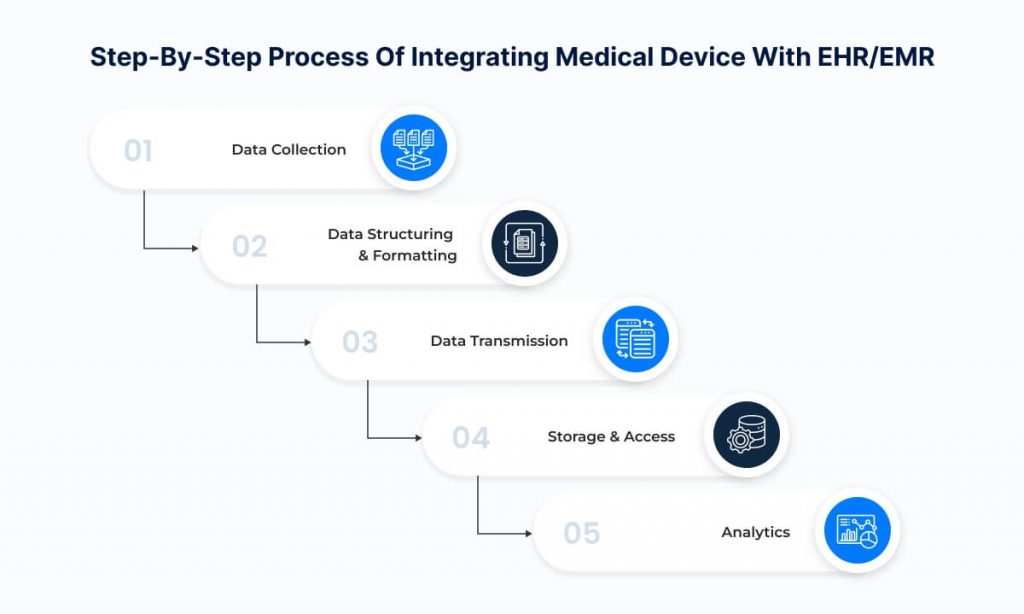Every healthcare service comes with an essential behind-the-scenes process that ensures doctors, hospitals, and clinics get paid accurately and on time. This process is known as medical billing, a critical part of the healthcare revenue cycle. Efficient medical billing is not just about submitting invoices; it directly impacts a practice’s revenue, compliance, and patient satisfaction. […] The post What Is the Medical Billing Process? appeared first on P3.
Every healthcare service comes with an essential behind-the-scenes process that ensures doctors, hospitals, and clinics get paid accurately and on time. This process is known as medical billing, a critical part of the healthcare revenue cycle.
Efficient medical billing is not just about submitting invoices; it directly impacts a practice’s revenue, compliance, and patient satisfaction. In this guide, we’ll explore the step-by-step medical billing process, its importance, and how professional medical billing services optimize healthcare operations.
Why Medical Billing Matters
Medical billing does more than track payments—it ensures financial stability for healthcare providers while maintaining transparency for patients. Here’s why it’s vital:
- Timely Reimbursements: Proper billing guarantees that healthcare providers are paid on time.
- Error Reduction: Accurate billing reduces claim denials and administrative stress.
- Compliance: Following correct billing protocols ensures practices avoid audits and regulatory issues.
By keeping the healthcare revenue cycle smooth, medical billing supports both providers and patients in achieving seamless healthcare experiences.
Step-by-Step Medical Billing Process
1. Patient Registration
The medical billing process starts with patient registration. Staff collect essential details like personal information, insurance coverage, and medical history. Accuracy here is key—mistakes can lead to rejected claims later.
2. Insurance Eligibility Verification
Before treatment, insurance eligibility is verified to ensure the patient’s coverage is active. This step helps prevent claim denials and delays in reimbursement.
3. Medical Documentation & Coding
Every patient visit is carefully documented in the EHR (Electronic Health Record). Then, medical billing and coding professionals convert the documentation into codes:
- ICD-10 codes for diagnoses
- CPT/HCPCS codes for procedures
These codes are essential for medical claim submission, ensuring insurance companies understand exactly what services were provided.
4. Charge Entry
Once coding is complete, charges are entered into the billing system—a process known as charge capture. Accurate charge entry ensures all services are billed correctly, maximizing revenue.
5. Medical Claim Submission
The next step is medical claim submission. Claims are sent to insurance providers, usually electronically through EDI (Electronic Data Interchange). Accuracy is critical here; even small errors can lead to rejections.
6. Claims Adjudication & Payment Posting
Insurance companies review claims in a process called adjudication. Payments are determined based on coverage, negotiated rates, and patient responsibility. Once paid, the amounts are posted, and remaining balances are billed to patients.
7. Denial Management & Follow-Up
If a claim is denied or partially paid, billing staff review, correct errors, and resubmit. Effective follow-up ensures practices maintain cash flow and reduce revenue loss.
Common Challenges in Medical Billing
Even with a clear process, challenges are common:
- Coding errors due to outdated or incorrect codes
- Incomplete patient information leading to rejected claims
- Confusion over insurance coverage and benefits
- High claim denial rates causing delays and lost revenue
These challenges highlight the need for professional medical billing services, which streamline the process and reduce errors.
The Role of Medical Billing Services
Outsourcing medical billing ensures efficiency, accuracy, and compliance. Here’s how professional medical billing services help practices:
- Expertise in medical billing and coding, reducing errors
- Faster medical claim submission and higher clean-claim rates
- Better tracking of denied claims and efficient resubmissions
- Streamlined workflow, letting providers focus on patient care
With professional billing support like P3care , the healthcare revenue cycle becomes smoother, faster, and more predictable.
Best Practices for an Effective Medical Billing Process
- Maintain accurate and updated patient records
- Regularly train staff on coding updates and compliance
- Use technology like Practice Management Systems (PMS) and RCM software
- Monitor denials, analyze patterns, and implement corrective actions
Following these steps ensures fewer errors, faster reimbursements, and a more transparent billing process.
Conclusion
The medical billing process is the backbone of the healthcare revenue cycle. Accurate medical billing and coding, timely medical claim submission, and professional medical billing services ensure that practices stay financially healthy while focusing on delivering quality patient care.
Understanding and optimizing medical billing is essential for every healthcare provider aiming to reduce errors, improve cash flow, and provide a seamless experience for patients.
Frequently Asked Question (FAQs)
1. What is the medical billing process?
The medical billing process involves documenting patient visits, translating services into standardized codes through medical billing and coding, and submitting claims to insurance providers. This ensures timely reimbursement and keeps the healthcare revenue cycle running smoothly.
2. Why is medical billing important for healthcare practices?
Accurate billing reduces claim denials, improves cash flow, and ensures compliance with insurance regulations. A streamlined process helps practices focus on patient care while maintaining financial health.
3. How does medical billing and coding work?
Medical billing and coding converts clinical services into codes like ICD-10 for diagnoses and CPT/HCPCS for procedures. These codes are used during medical claim submission to ensure accurate payment from insurers.
4. What are the benefits of using professional medical billing services?
Professional medical billing services improve efficiency, minimize errors, and speed up reimbursement. For example, P3 Care On Time helps practices handle medical claim submission accurately and maintain an optimized healthcare revenue cycle.
5. What challenges does the medical billing process face?
Common challenges include coding errors, incomplete patient data, insurance coverage issues, and claim denials. Addressing these effectively requires skilled billing staff or reliable medical billing services.
6. How can practices improve their medical billing workflow?
Best practices include maintaining accurate patient records, regularly updating coding knowledge, leveraging billing software, and monitoring claims and denials. These steps ensure a smoother healthcare revenue cycle and faster payments.
The post What Is the Medical Billing Process? appeared first on P3.









